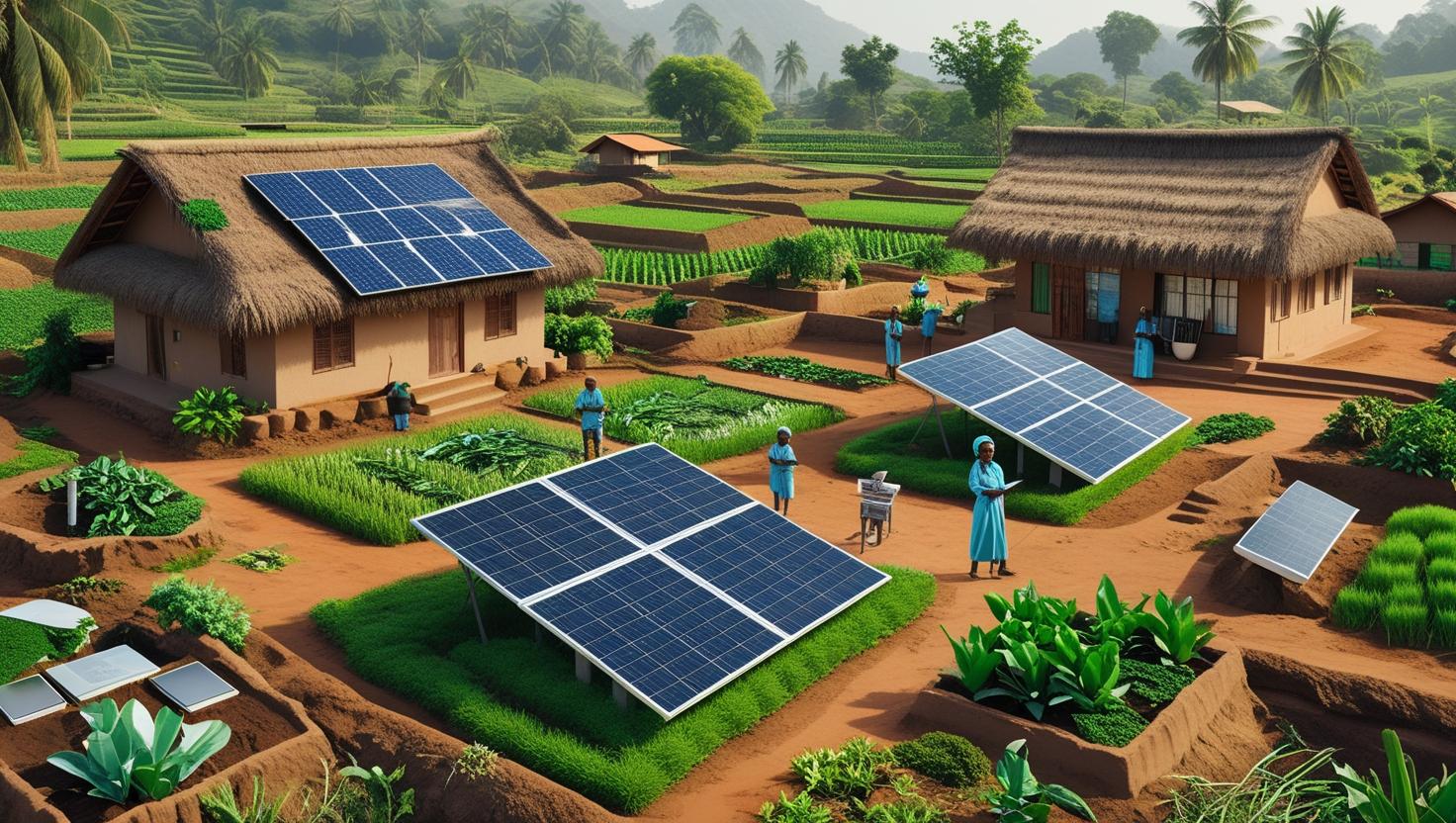Yoruba Becomes Nagaland’s First Smart Village, Unlocking Eco-Living & Rural Investment
Yoruba village in Phek district has made history as Nagaland’s first smart village, setting a new benchmark for rural development, environmental stewardship, and investment potential in Northeast India. This pioneering initiative is not only transforming the quality of life for local residents but is also creating fresh opportunities for water conservation projects in Nagaland and the emergence of eco-residential plots in Phek district. As sustainable development and smart infrastructure take center stage, Yoruba’s success story is poised to inspire a new wave of smart village real estate growth and investment across the state.
Yoruba Smart Village Nagaland: What Makes It Unique?
The smart village concept in Yoruba is a collaborative effort involving villagers, local administration, the Eco Needs Foundation, and public representatives. Unlike typical government schemes, this model is designed as a continuous, community-driven movement that blends technology, local resources, and environmental care for holistic development.
Key Features of Yoruba Smart Village Nagaland:
Essential services at the doorstep: Access to water, sanitation, healthcare, and education through coordinated efforts.
Smart utilization of resources: Effective use of natural resources and modern technology to meet present and future needs.
Eco-living focus: Emphasis on balanced biodiversity, tree plantation drives, and sustainable land management.
Inclusive development: No household left behind, with targeted interventions for retrofitting, redevelopment, green spaces, e-governance, and livelihood generation.
Water Conservation Projects Nagaland: A Core Pillar
One of the standout aspects of Yoruba’s smart village transformation is its emphasis on water conservation projects in Nagaland. Recognizing the importance of water security for rural prosperity, the village has prioritized:
Spring-shed rejuvenation: Managing and reviving local springs to ensure year-round water supply for drinking and agriculture.
Rainwater harvesting: Community tanks and rooftop harvesting systems for sustainable water management.
Agri-link infrastructure: Newly constructed culverts and agri-link roads to support irrigation and reduce runoff.
Awareness and training: Programs to educate villagers on water-saving techniques and long-term conservation.
These interventions not only secure water for human consumption but also support rubber, tea, and coffee plantations—diversifying the rural economy and boosting land values.

Eco-Residential Plots in Phek District: The New Investment Magnet
With Yoruba’s transformation, eco-residential plots in Phek district are attracting attention from both local and out-of-state investors:
Greenfield developments: Plots designed for eco-friendly homes, with access to basic amenities and proximity to natural landscapes.
Agro-based lifestyle: Opportunities to own land for organic farming, horticulture, or eco-tourism ventures.
Community-driven planning: Layouts that encourage shared green spaces, rainwater harvesting, and waste management.
As more villages in Phek look to emulate Yoruba’s model, demand for such plots is expected to rise, positioning the district as a leader in Nagaland real estate investment 2025.
Table: Smart Village Real Estate Growth – Yoruba & Phek District
| Feature/Project | Impact on Real Estate | Investment Potential |
|---|---|---|
| Water conservation & spring revival | Increases land value, ensures sustainability | High |
| Eco-residential plots | Attracts buyers seeking green living | High |
| Agri-link infrastructure | Boosts agricultural productivity, land prices | Medium–High |
| Community amenities (health, edu) | Makes villages more livable, draws families | High |
| Ecotourism & plantation ventures | New business models, rental demand | High |
Nagaland Real Estate Investment 2025
The Yoruba smart village initiative is already influencing Nagaland real estate investment 2025 trends:
Shift toward rural plots: Investors are eyeing eco-residential plots in Phek and other districts, anticipating long-term appreciation as smart village models spread.
Rise of agri-tourism and eco-homestays: With improved infrastructure and water security, rural areas are becoming viable for boutique tourism and sustainable living.
CSR and green investment: Companies and NGOs are participating in rural development, further driving demand for land and eco-projects.
Frequently Asked Questions
Q1: What is unique about Yoruba smart village Nagaland?
Yoruba is the first in Nagaland to implement a holistic smart village model, blending technology, eco-living, and inclusive development for all households.
Q2: How do water conservation projects in Nagaland impact real estate?
Reliable water supply increases land value, supports agriculture, and makes eco-residential plots more attractive to buyers and investors.
Q3: Are eco-residential plots in Phek district a good investment?
Yes, with growing demand for green living and agri-based ventures, these plots offer strong appreciation and rental potential.
Q4: What drives smart village real estate growth?
Integrated amenities, sustainable planning, and new livelihood opportunities make smart villages magnets for both end-users and investors.
Q5: How can outsiders invest in Nagaland real estate?
While land laws vary, partnerships with local communities and compliance with state regulations can open doors for responsible investment.




Comments
Post a Comment